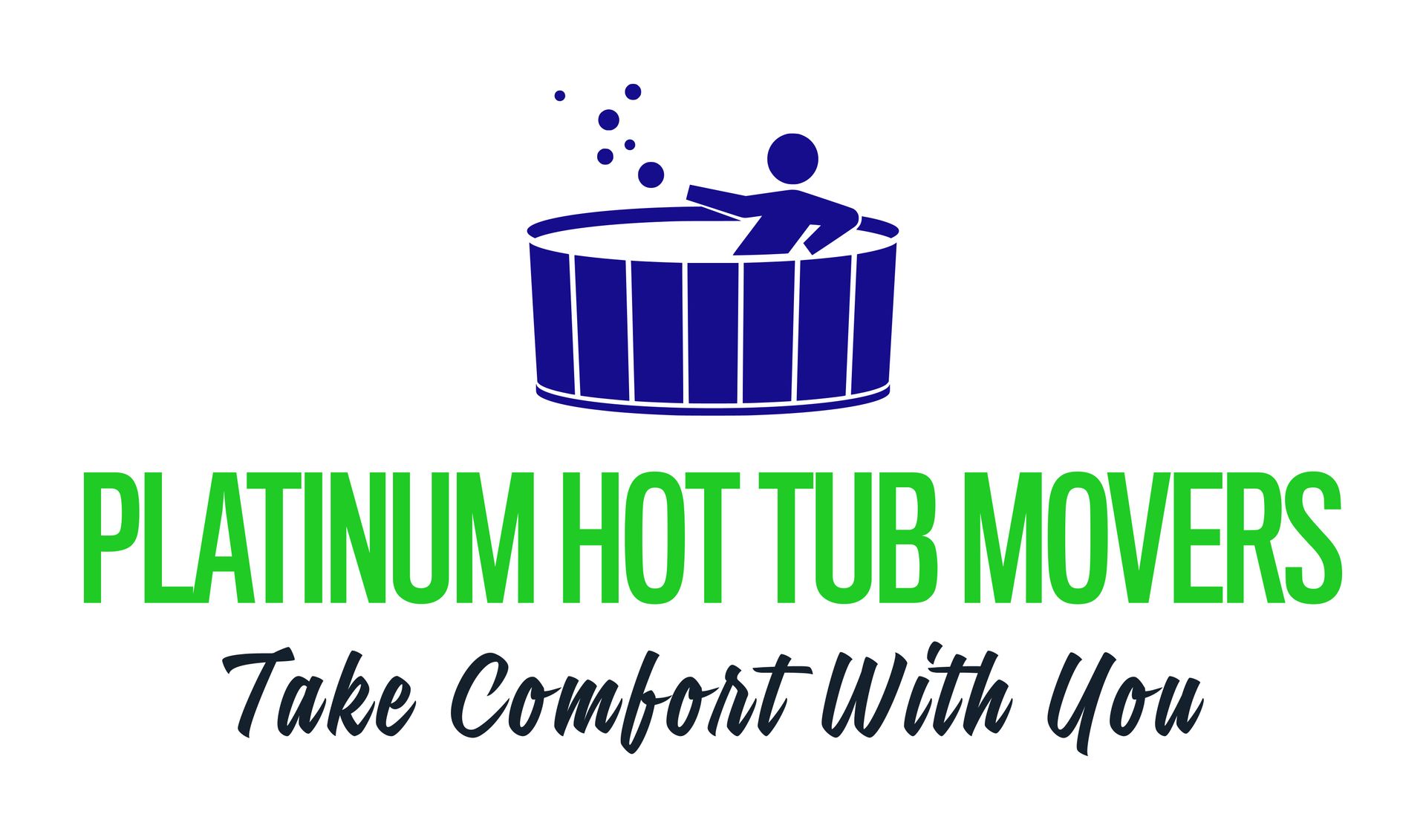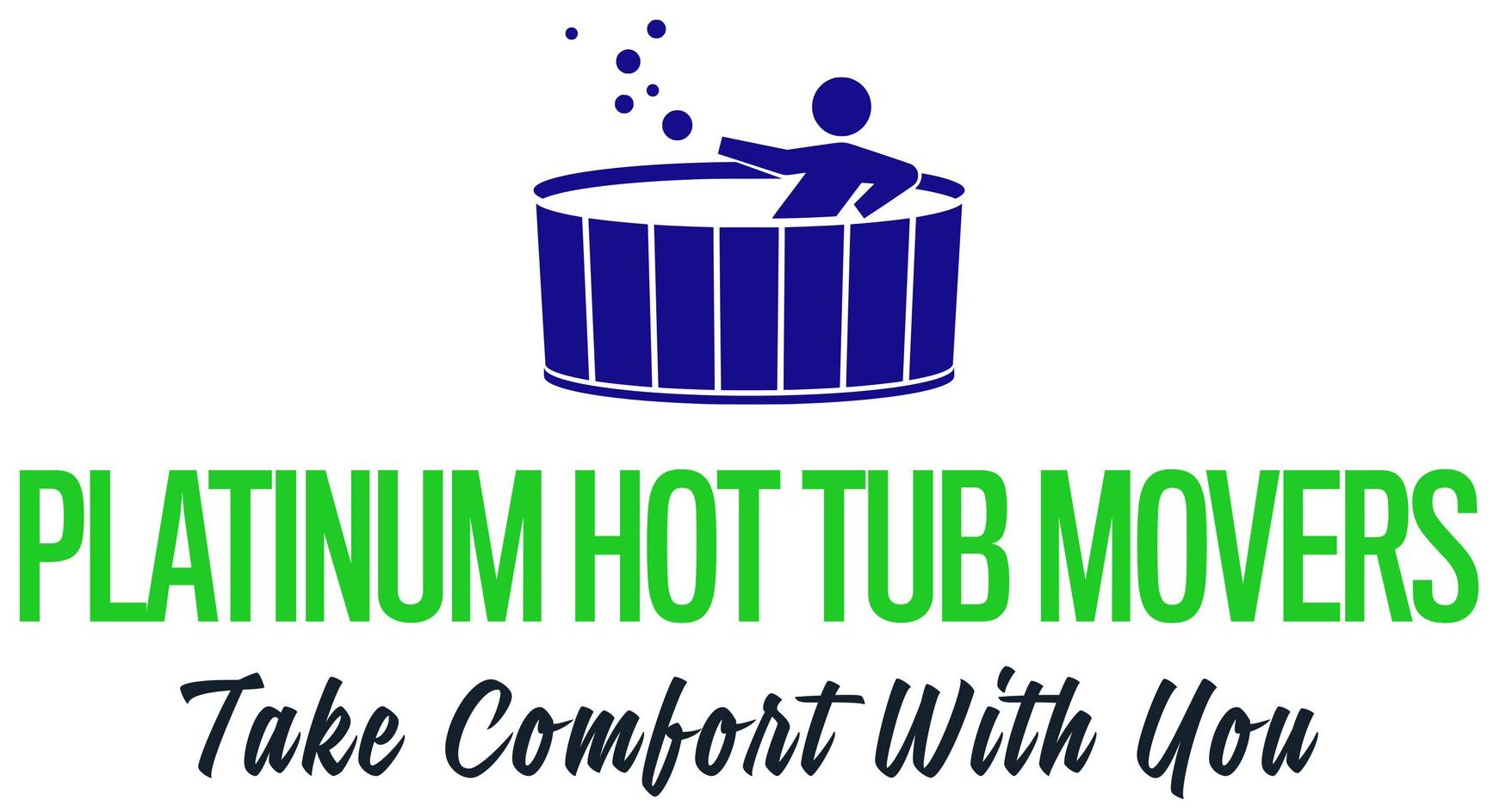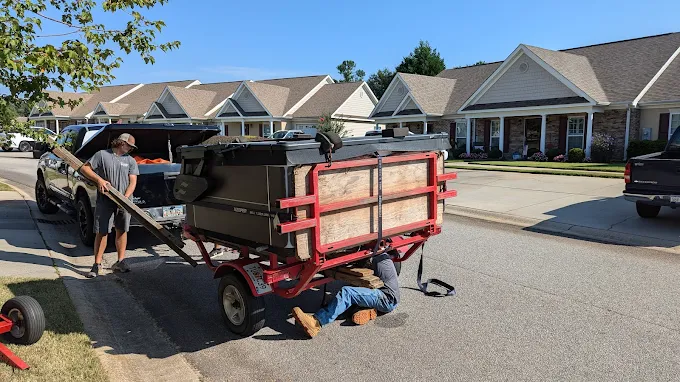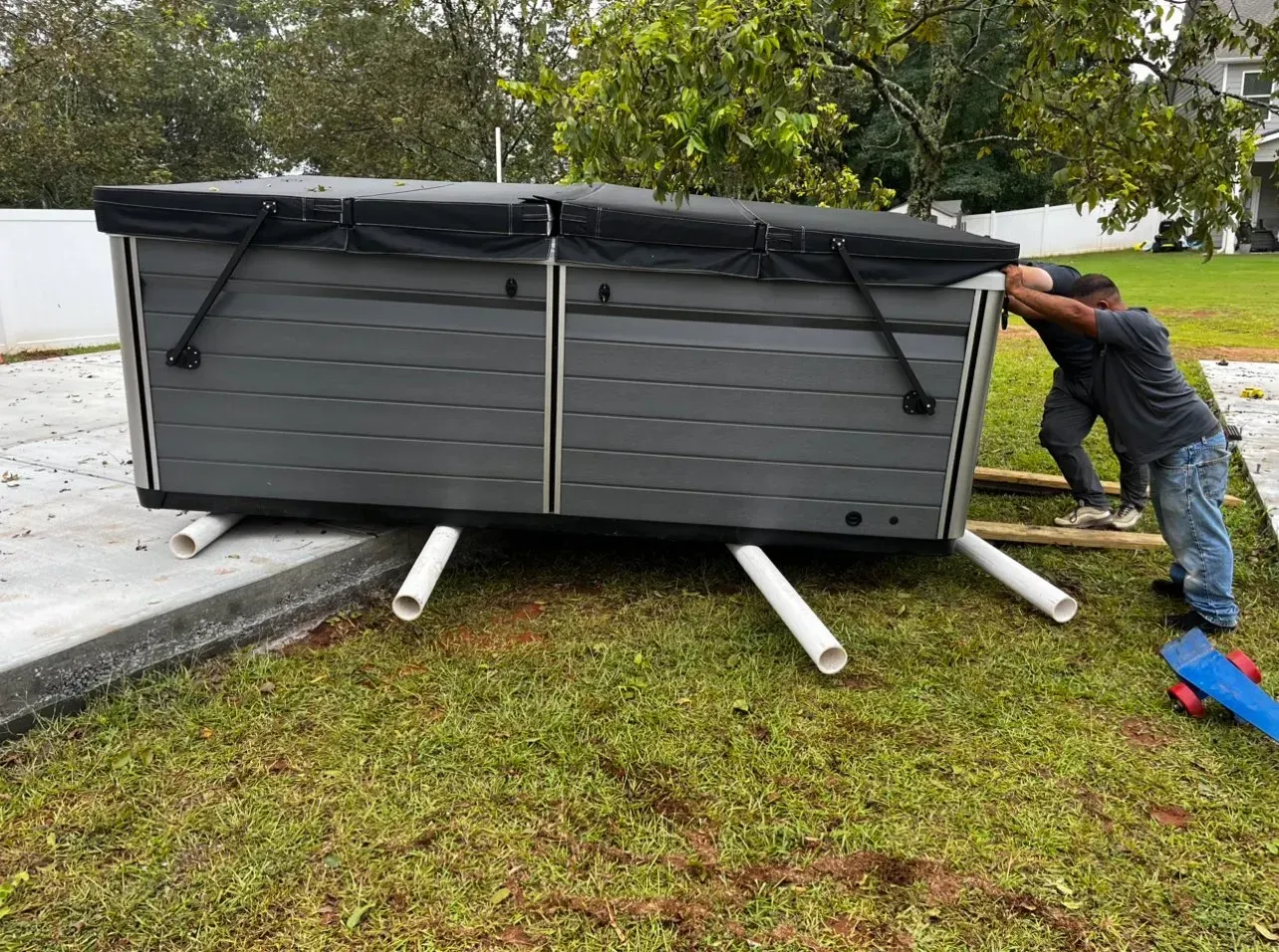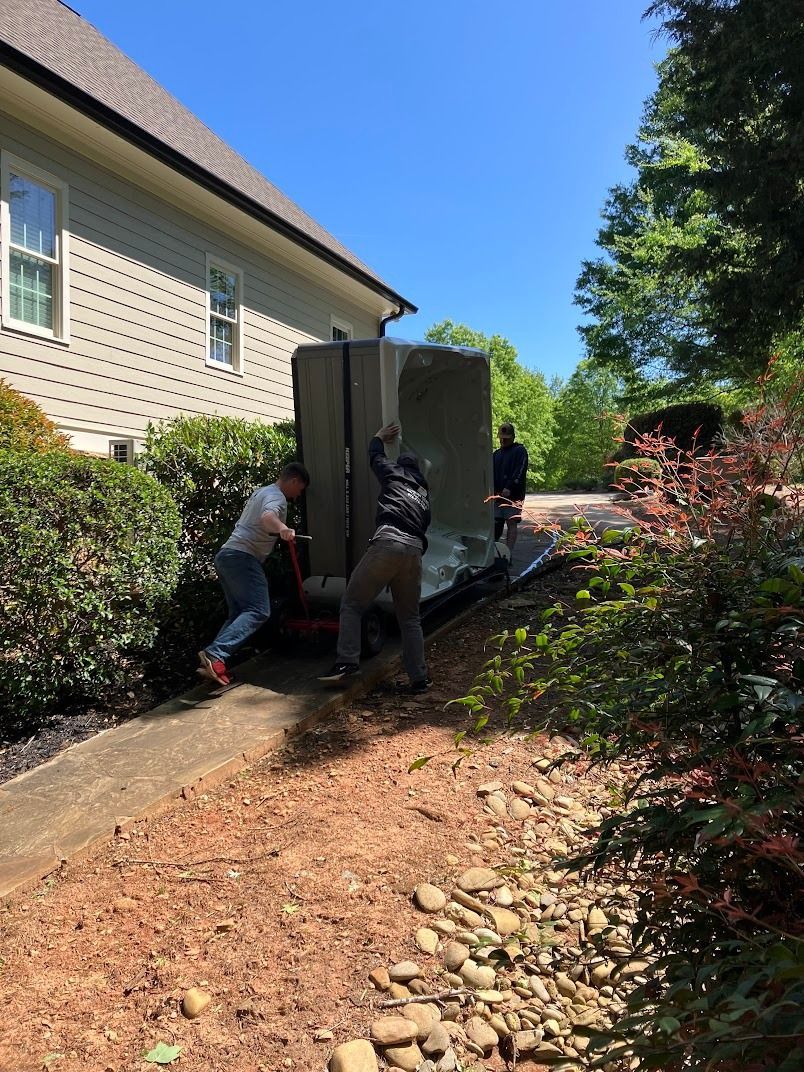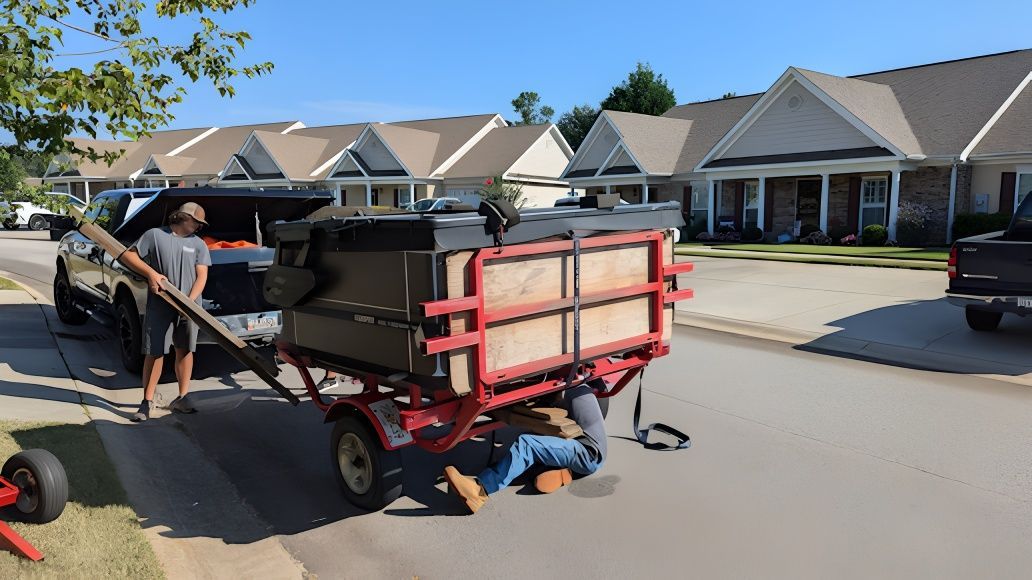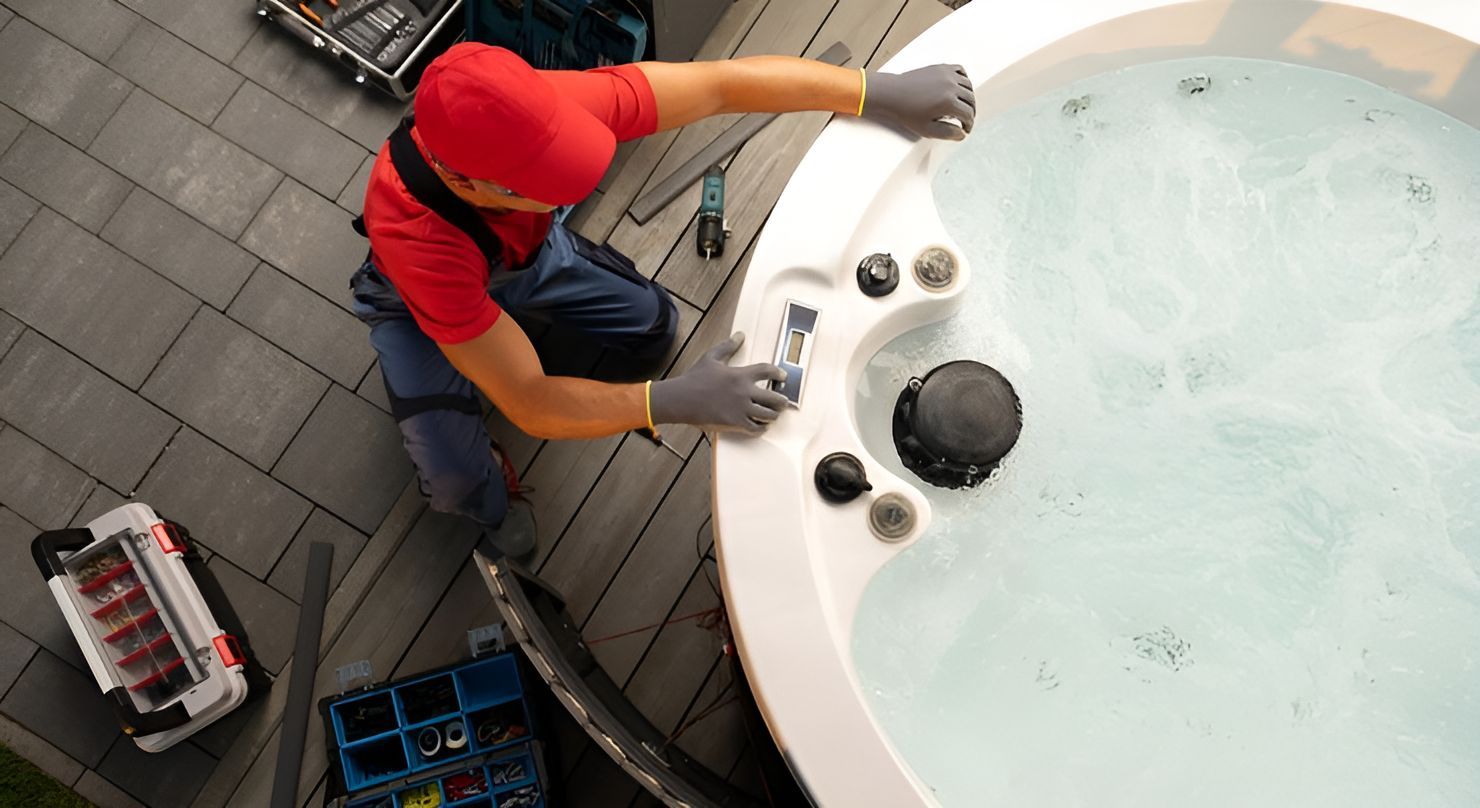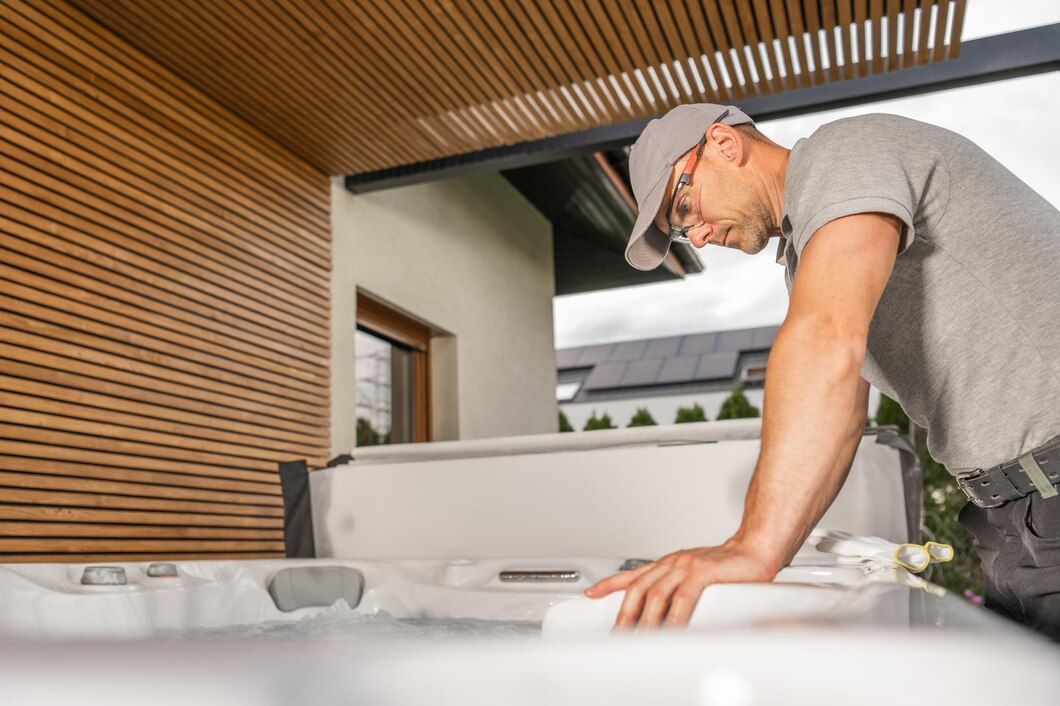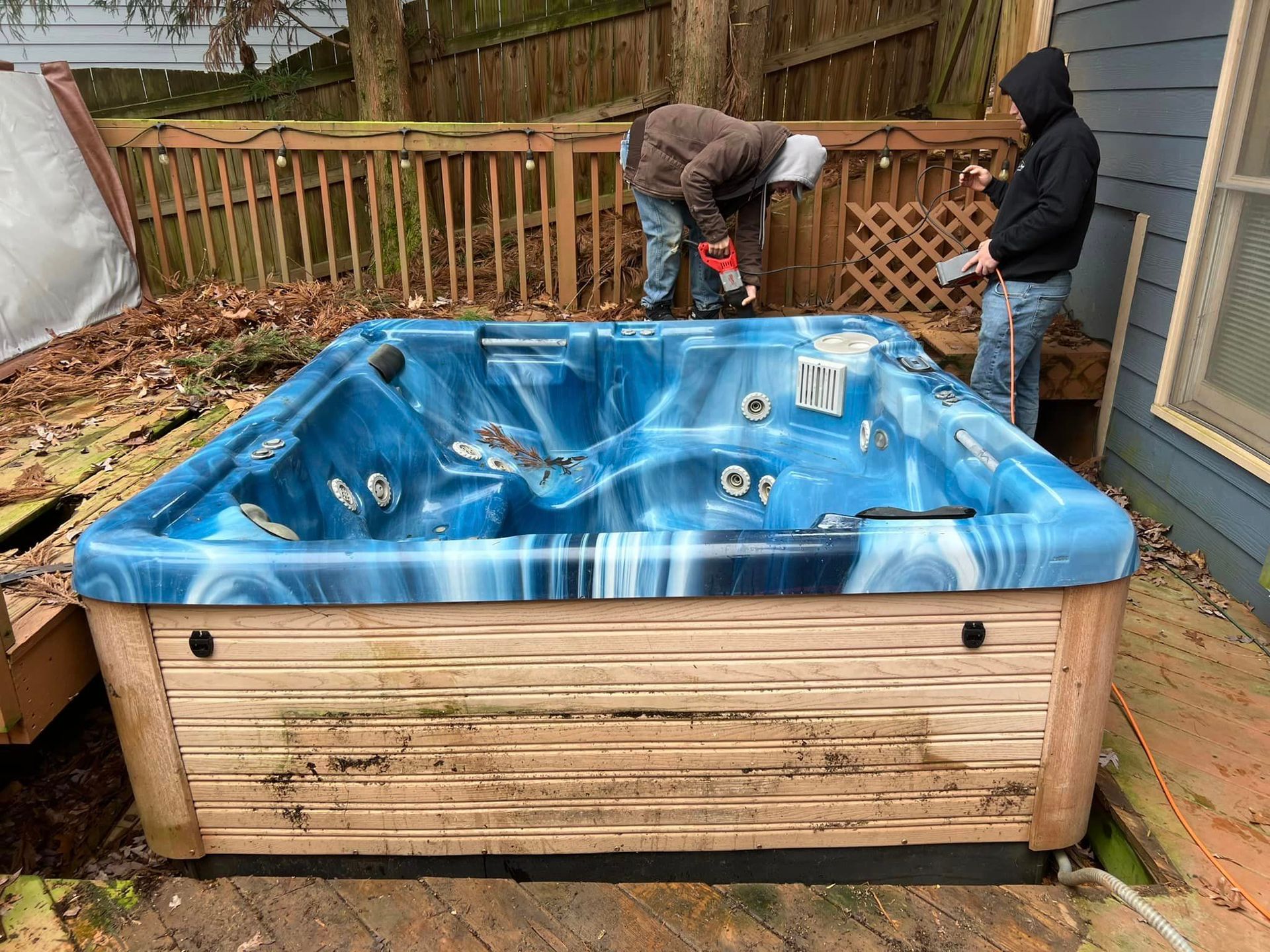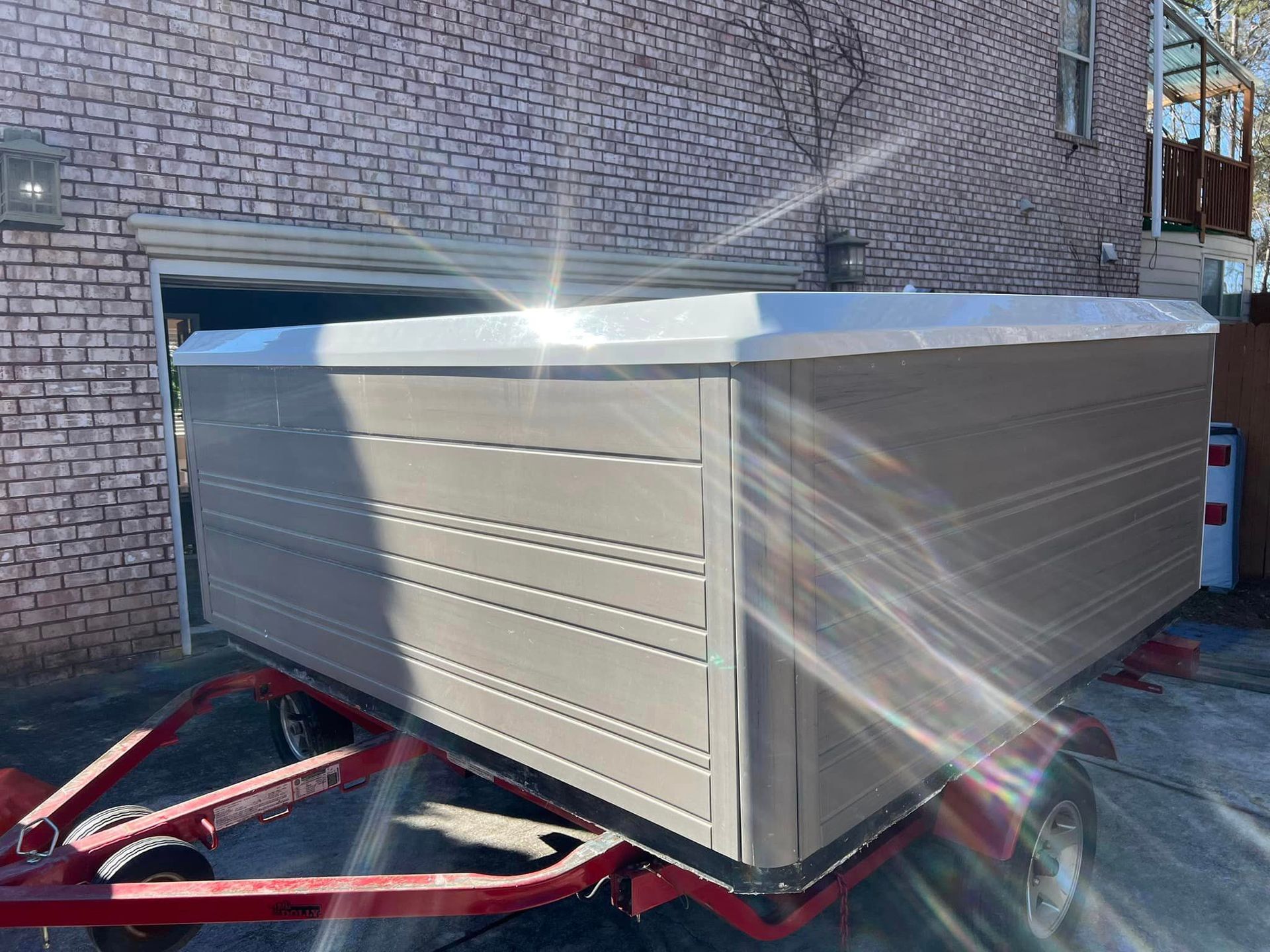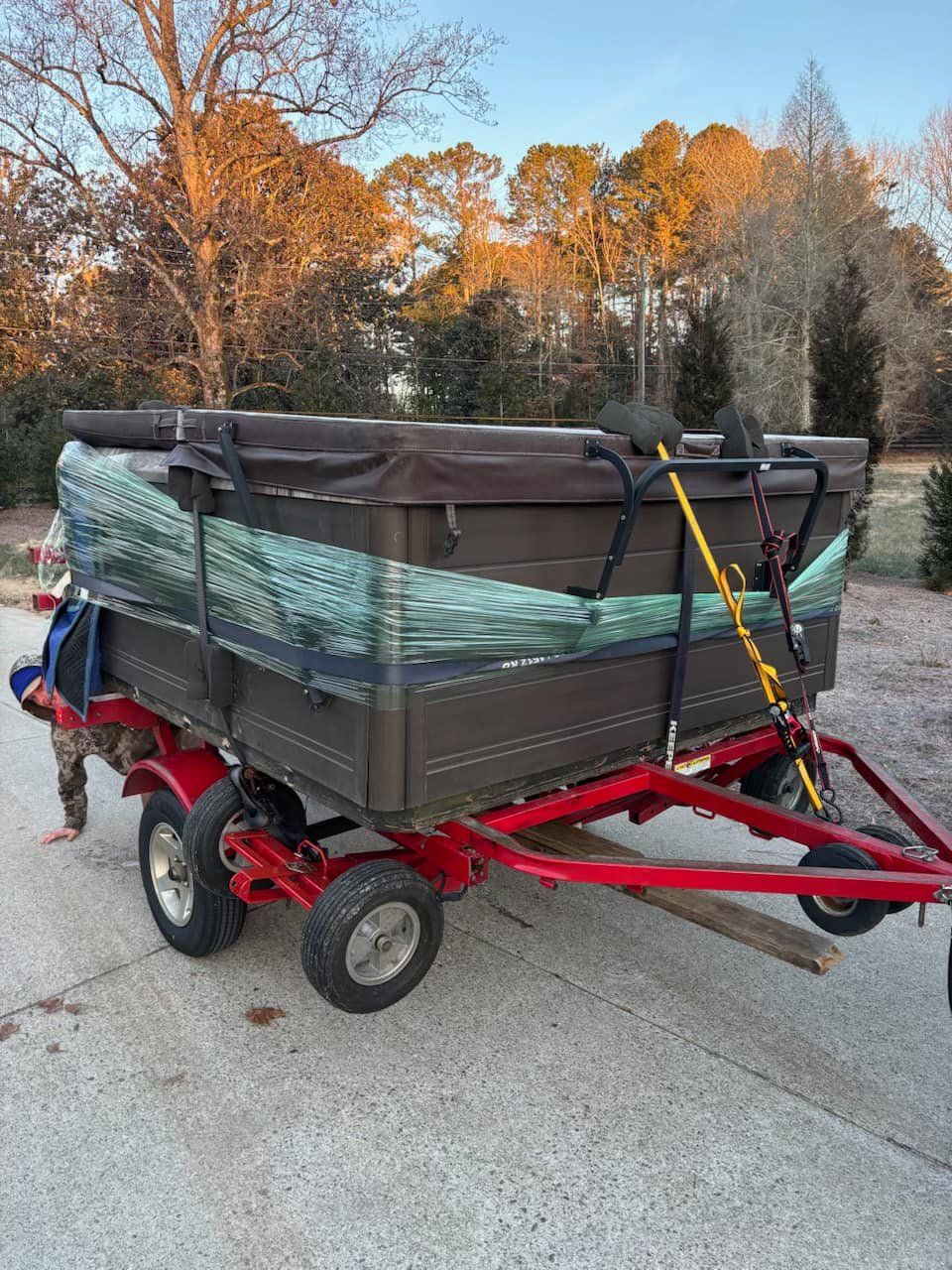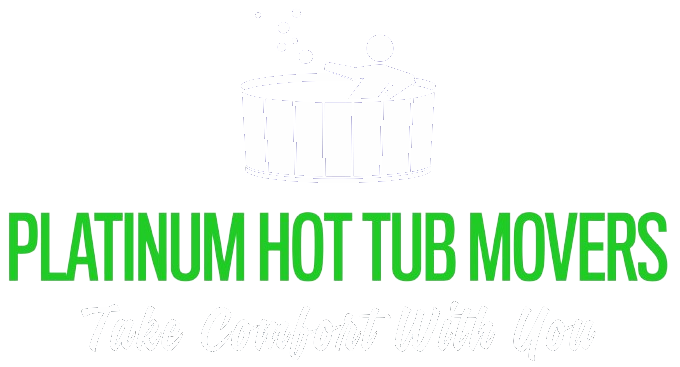3 Unique Services Hot Tub Movers Provide That Set Them Apart From Typical Moving Companies
This article explains what makes hot tub movers unique, how their processes protect equipment and property, and which hot tub moving services Gwinnett County GA residents can depend on when planning a move, install, or removal.
By the end you will understand why hiring trained hot tub movers reduces damage, speeds project timelines, and supports eco-conscious disposal choices.
TL;DR — 3 Unique Services Hot Tub Movers Provide That Set Them Apart From Typical Moving Companies
- Pre-move site assessments map access, pad condition, and equipment needs to prevent surprises
- Setup and installation covers leveling, electrical compatibility, and run-up testing for safe, fast use
- Spa valet maintenance keeps water balanced, cleans filters, and catches wear early to avoid repairs
- DIY basics are fine, but call insured pros for leaks, power issues, or pressure changes
- Responsible removal includes safe disconnection, haul-away, and recycling options to reduce landfill waste
1. Setup & Installation
Setup and installation is the professional process of placing a hot tub or swim spa on a prepared pad, reconnecting electrical systems, and confirming safe operation.
It works by combining site assessment, specialized lifting equipment, and post-installation testing to ensure functionality and longevity.
Professionals reduce structural and electrical risk by leveling units, verifying power compatibility, and testing systems, which preserves the spa and protects the property.
The result is a safe, code-aware installation that lets owners use their spa quickly and reliably.
Pre-move site assessment
A pre-move site assessment identifies access paths, pad condition, electrical availability, and potential obstructions before any lifting begins.
Technicians check gate widths, deck load capacity, and surface slope to determine whether a crane, dolly, or disassembly is required. This assessment reduces surprises and guides equipment selection, ensuring the move proceeds efficiently and safely.
Detecting tight gates or weak surfaces early allows teams to plan protective measures and prevents last-minute delays.
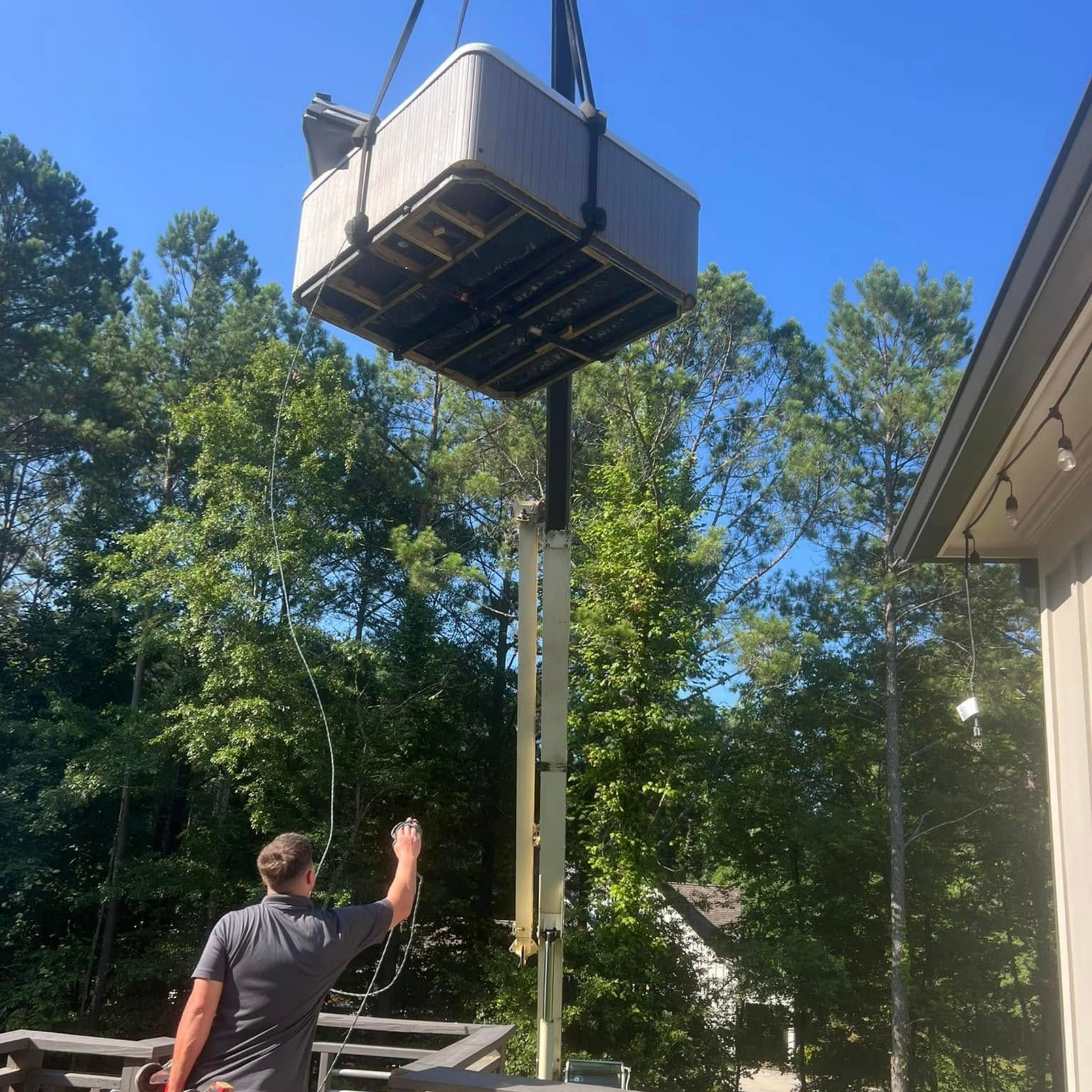
Equipment & safety protocols
Specialized lifting equipment like spa dollies, hot tub jacks, reinforced straps, and cranes enables safe handling of heavy acrylic shells and cabinet frames without structural damage.
Teams use personal protective equipment, clear role assignments, and rigging best practices so each lift follows tested safety protocols.
Insurance-backed operations pair trained crews with documented procedures to reduce liability and speed claims resolution if incidents occur.
Proper equipment selection directly prevents surface abrasion and internal component stress during transport.
Electrical & final system checks
Electrical reconnection and final system checks confirm power compatibility, GFCI function, and safe operation of heaters, pumps, and control systems after a move or installation.
Technicians measure voltage, inspect breakers, and advise if a licensed electrician is required for code compliance.
Once power is confirmed, crews perform a water fill, balance quick-check, and a short run of pumps and jets to validate equipment function. These final checks close the installation loop and prepare the owner for routine maintenance.
2. Maintenance and Support
Maintenance and support encompasses spa valet visits, water chemistry management, filter work, and preventive inspections that prolong equipment life. The mechanism is regular professional care that catches wear early and maintains optimal water quality.
Regular maintenance reduces repair frequency, protects internal components, and maintains safe, enjoyable use for homeowners and commercial sites.
The following list outlines core tasks typically included in a spa valet visit so owners can compare offerings and identify gaps in DIY routines.
Spa valet visits commonly include the following core tasks:
- Water testing and chemical balancing: Ensures safe pH and sanitizer levels to protect surfaces and equipment.
- Filter cleaning or replacement: Maintains flow and prevents pump strain from clogged filters.
- Surface and cabinet inspection: Identifies leaks, seals, and wear before they escalate.
These tasks form the backbone of preventive care that extends a hot tub's usable life and reduces emergency repairs, leading into how maintenance plans and scheduling offer different levels of ongoing protection.
Maintenance plans & scheduling
Maintenance plans vary from one-time tune-ups to monthly or seasonal service packages that bundle valve checks, deep cleans, and filter replacements for predictable costs and convenience.
Recurring plans suit owners who prioritize hassle-free ownership and consistent water chemistry, while one-time services address transitional needs like seasonal openings or post-install moves.
Flexible scheduling lets technicians align visits with homeowner availability and seasonal demand. Choosing the right cadence balances upfront costs against long-term repair avoidance.
When to call a pro vs DIY tips
Homeowners can safely perform basic tasks like surface cleaning, filter rinsing, and weekly chemical checks, but should call professionals for electrical issues, persistent leaks, or unexplained pressure changes.
Red flags include tripping breakers on startup, visible structural cracks, or repeated water clarity issues despite correct chemistry.
Professionally trained, insured crews handle complex diagnostics and minimize the risk of voiding warranties or causing further damage. Knowing when to escalate avoids costly mistakes and preserves safety.
A compact comparison helps match maintenance frequency to customer needs and expected tasks.
| Plan Type | Tasks Included | Ideal Customer |
|---|---|---|
| One-time Tune-up | Water balance, filter clean, inspection | New owners or post-move checks |
| Monthly Valet | Testing, dosing, filter rotation, minor repairs | Busy homeowners seeking convenience |
| Seasonal Service | Deep clean, cover care, winterize/open | Climate-sensitive scheduling needs |
This table highlights how plan selection aligns with owner goals and resource commitments. After maintenance, eventual removal or disposal options may be necessary when a spa reaches end-of-life, which the next section addresses.
Platinum Hot Tub Movers also provides spa valet and maintenance scheduling flexibility as an example of ongoing support for homeowners who prefer recurring care without heavy promotion of specific plans.
3. Hot Tub Removal and Disposal
Hot tub removal and disposal is the end-of-life workflow that includes safe disconnection, draining, lifting, transport, and responsible disposal or recycling.
The process works by separating reusable materials, complying with local regulations, and minimizing environmental impact.
Proper removal protects property from damage during demolition or haul-away, and it documents disposal methods for regulatory or resale considerations.
Owners benefit from clear timelines, cost drivers, and eco-friendly options that reduce landfill contribution. The next subsection outlines the typical removal process technicians follow from intake to haul-away.
Typical removal process
A typical removal job begins with scheduling and a pre-visit assessment, followed by secure draining, safe disconnection of utilities, and sectional removal or full-lift transport depending on access.
Teams protect flooring and landscaping during extraction and use dollies or cranes as needed to navigate tight turns or stairs. Transport to disposal or recycling facilities completes the work, with on-site cleanup and owner sign-off.
Most residential removals complete in a single visit lasting a few hours, though complexity increases with demolition or multi-story constraints
Disposal & recycling options
Disposal routes include recycling plastics and metal frames, donating usable components, salvaging parts for resale, or landfill disposal when materials are non-recyclable. Each option balances cost, time, and environmental impact.
Recycling reduces landfill burden by reclaiming acrylic, metal, and electronic components, while donation or parts salvage extends material life.
Regulatory considerations in the region may affect fuel, transport, and facility acceptance for certain materials. Choosing eco-friendly options typically requires slightly more planning but yields a lower environmental footprint.
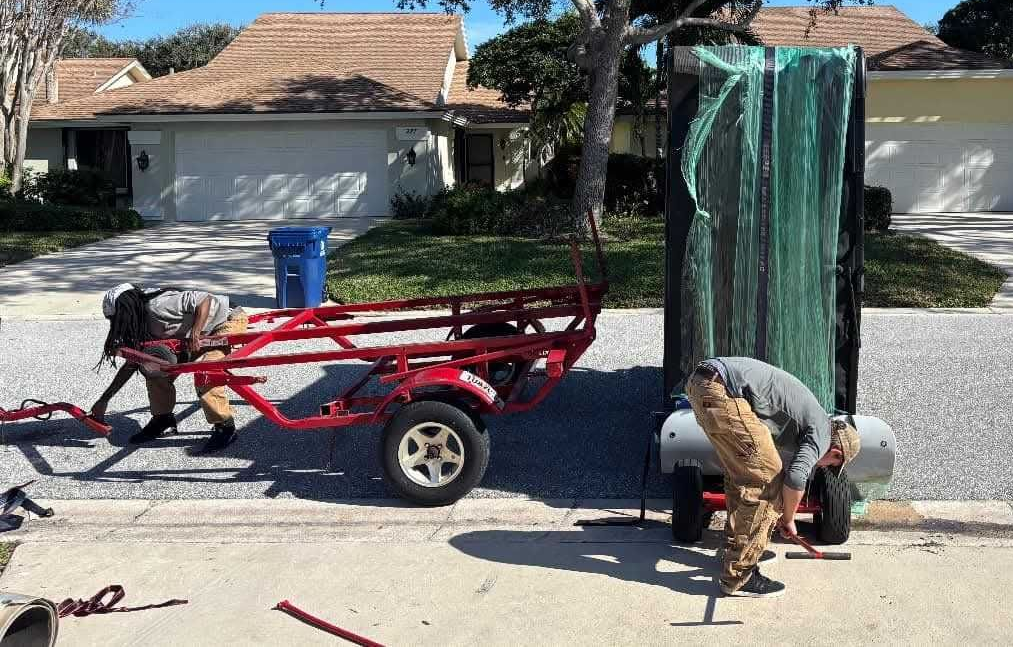
Conclusion
Engaging professional hot tub movers ensures a seamless experience from installation to removal, safeguarding your investment and property.
Their specialized services not only enhance safety but also promote eco-friendly disposal practices, making them a valuable choice for Gwinnett County homeowners.
By understanding the unique offerings of hot tub movers, you can make informed decisions that align with your needs. Contact us today to explore our comprehensive hot tub moving services in Gwinnett County and receive a personalized quote.
